Facing a Changing Climate in My Garden
ingrid_vc so. CA zone 9
10 years ago
Related Stories
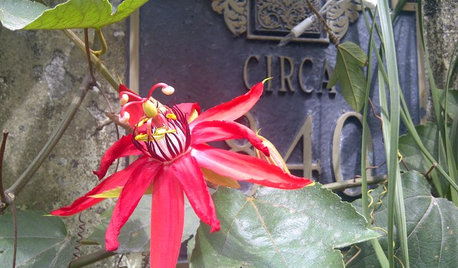
FLOWERS5 Sensational Flowering Vines for Warm Climates
Splash your garden with bright tropical color from late summer through fall with these showy trailing and climbing beauties
Full Story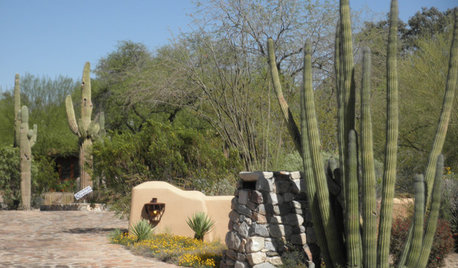
SOUTHWEST GARDENINGUnderstanding the American Southwest's Three Main Climate Zones
If you live in one of the arid or semiarid regions of the U.S. Southwest, this gardening zone guide is for you
Full Story
LANDSCAPE DESIGNCelebrate a Sunny Climate With the Right Leafy Palm for Your Site
So you get freezes or floods. So your garden is small. These palms send excuses riding off into the tropical sunset
Full Story
GARDENING GUIDES6 Dependable Ground Covers for Warm Climates
Swap some lawn for these drought-tolerant clumping plants — and watch your maintenance efforts diminish while they easily grow
Full Story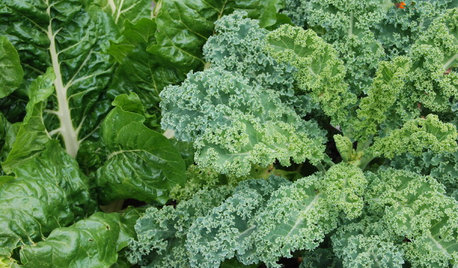
FALL GARDENINGFrost-Hardy Foliage That Loves a Cold-Climate Garden
When winter cuts a bleak swath through other plants, these edibles and perennials flourish brilliantly
Full Story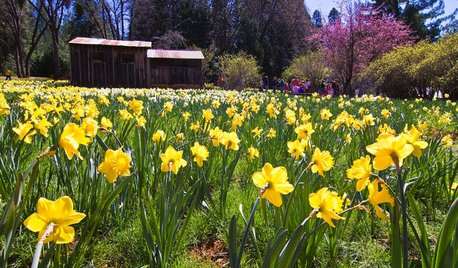
GARDENING GUIDES7 Bulbs That Flourish in Mild Climates
Fall planting: For gardens that don't see harsh winters, different guidelines for choosing and planting spring-blooming bulbs apply
Full Story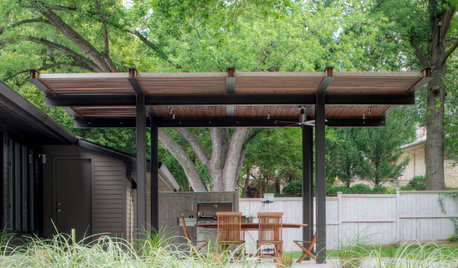
PATIOSPatio Details: A Modern Pergola Stands Up to Nebraska’s Climate
Challenging weather is no match for this family's tough but elegant-looking outdoor space
Full Story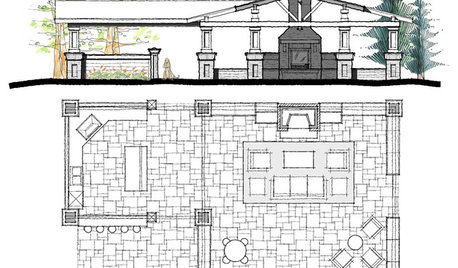
LANDSCAPE DESIGNClimate Control: Work With Nature's Elements for the Best Outdoor Space
Consider sun, wind and water where you live for a deck or patio that's as comfortable as possible all year long
Full Story
FARM YOUR YARD9 Ways to Change Up Your Vegetable Garden for the Coming Season
Try something new for edible plantings that are more productive than ever
Full Story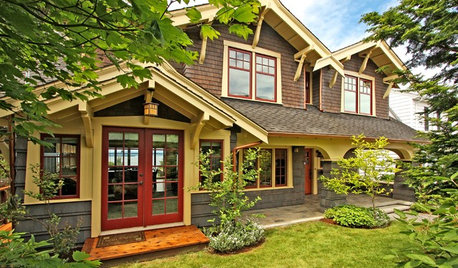
HOUZZ TOURSHouzz Tour: Major Changes Open Up a Seattle Waterfront Home
Taken down to the shell, this Tudor-Craftsman blend now maximizes island views, flow and outdoor connections
Full StoryMore Discussions








User
roseseek
Related Professionals
Folsom Landscape Architects & Landscape Designers · East Patchogue Landscape Architects & Landscape Designers · Finneytown Landscape Architects & Landscape Designers · Edmond Landscape Contractors · Cliffside Park Landscape Contractors · Cordele Landscape Contractors · Dudley Landscape Contractors · Kerman Landscape Contractors · Nutley Landscape Contractors · Riverhead Landscape Contractors · Suisun City Landscape Contractors · Malden Swimming Pool Builders · Winchester Siding & Exteriors · Kennewick Siding & Exteriors · South Windsor Siding & Exteriorsharmonyp
floridarosez9 Morgan
strawchicago z5
hoovb zone 9 sunset 23
roseseek
ingrid_vc so. CA zone 9Original Author
sherryocala
subk3
strawchicago z5
roseseek
jerijen
ingrid_vc so. CA zone 9Original Author
hoovb zone 9 sunset 23
catspa_NoCA_Z9_Sunset14
roseseek
catspa_NoCA_Z9_Sunset14
sidos_house
Kippy
Kippy
strawchicago z5
ingrid_vc so. CA zone 9Original Author
subk3
Tuggy3
catspa_NoCA_Z9_Sunset14
buford
strawchicago z5
harmonyp
zeffyrose
lou_texas
roseseek
jerijen
ingrid_vc so. CA zone 9Original Author
doodles-grower
minflick
kittymoonbeam
jerijen
jerijen
Campanula UK Z8
mad_gallica (z5 Eastern NY)
strawchicago z5
strawchicago z5
Campanula UK Z8